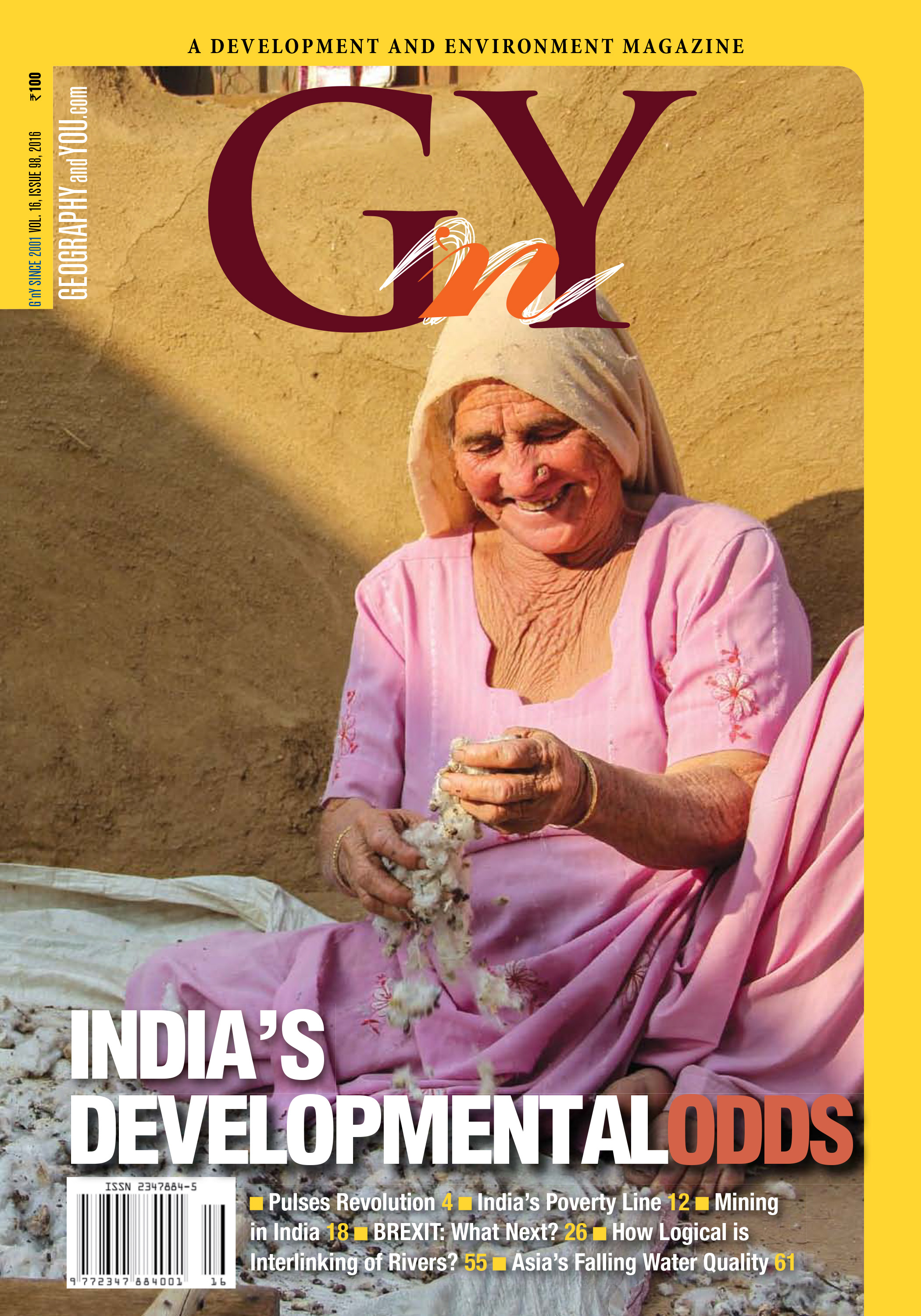
Expert Panel
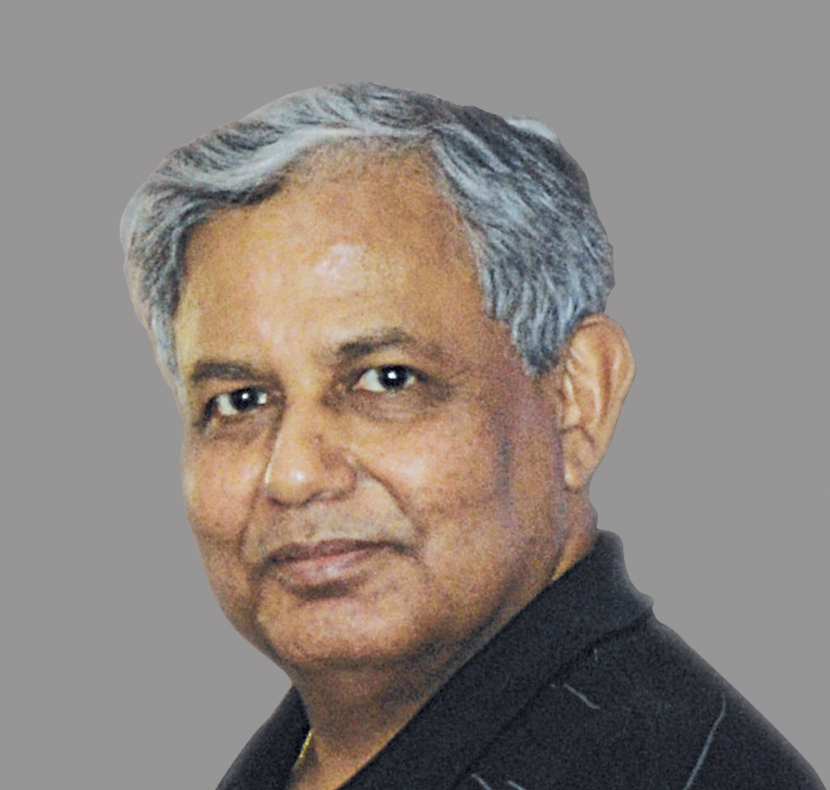
Vice Chancellor, MG Kashi Vidyapeeth, Varanasi
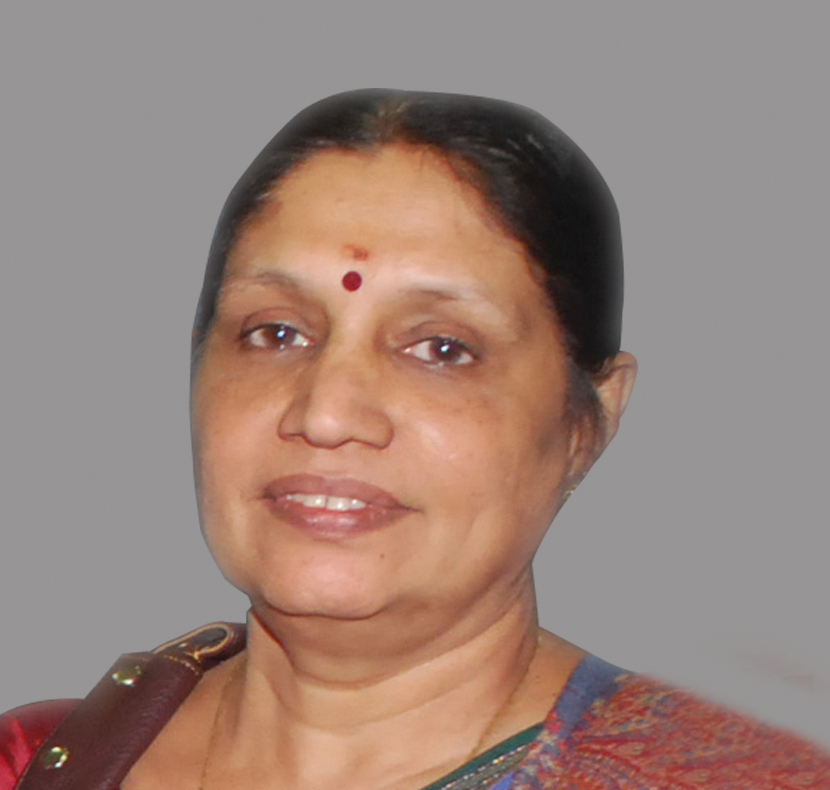
Chairman, National Biodiversity Authority, Chennai
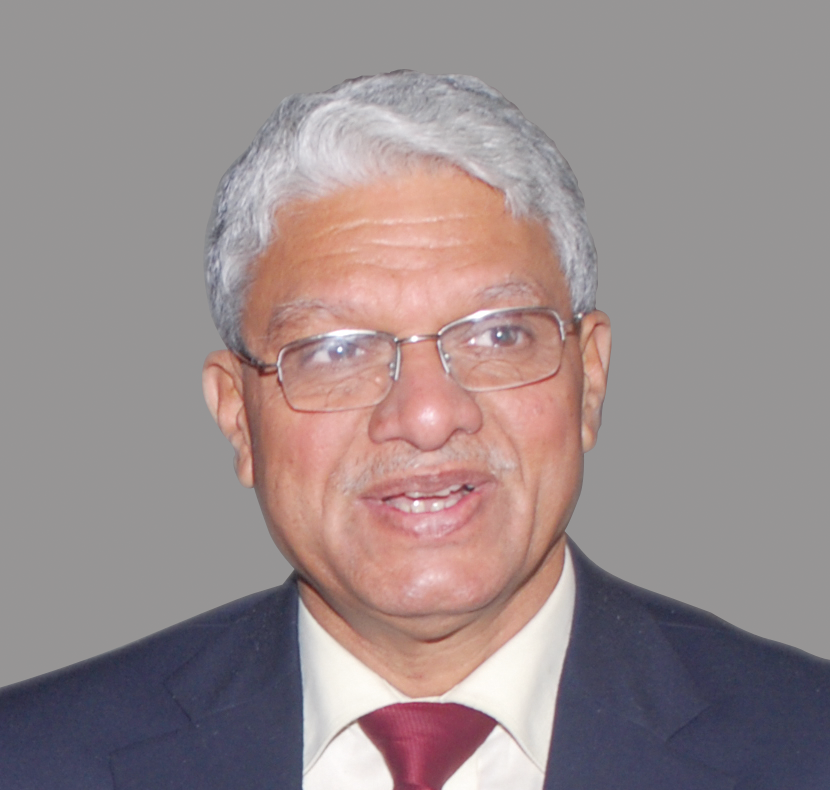
Air Vice Marshal (Retd) Former DG, IMD, New Delhi
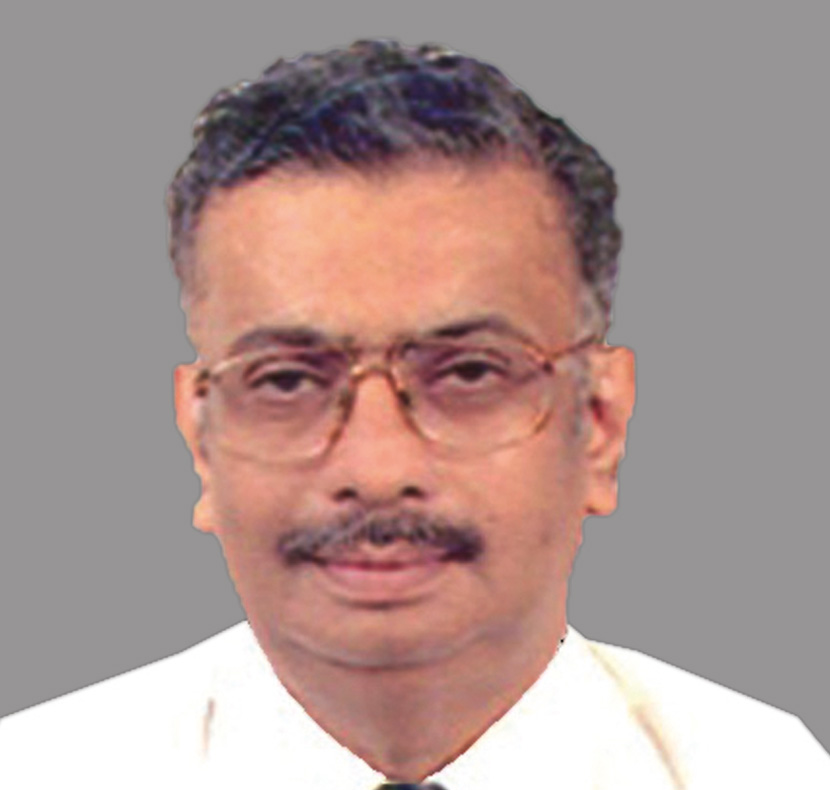
Former Member Secretary, Central Pollution Control Board, New Delhi
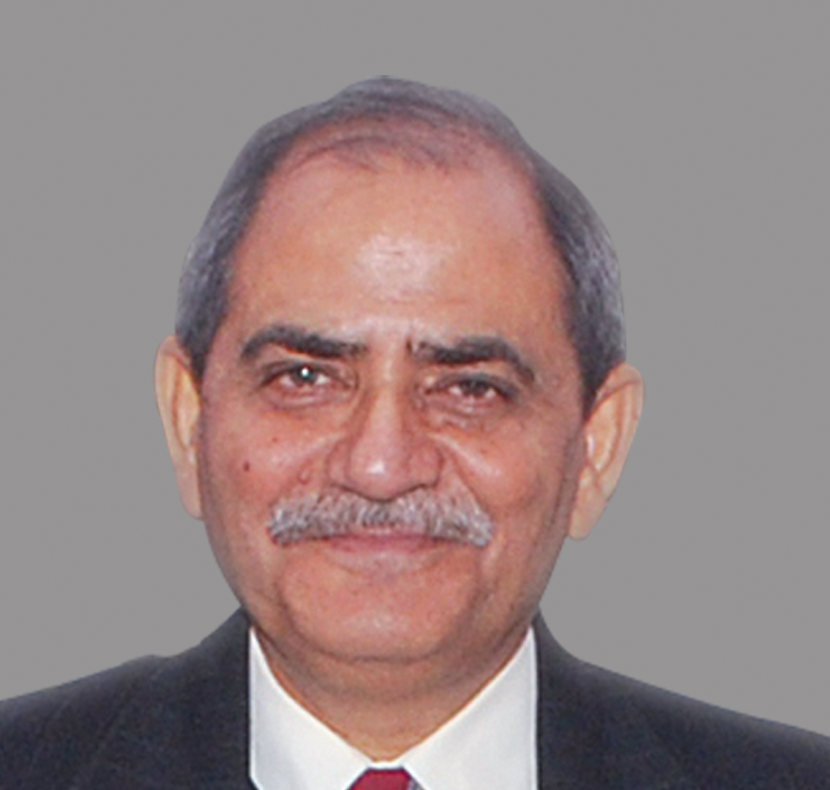
Former Director, NCAOR, Goa
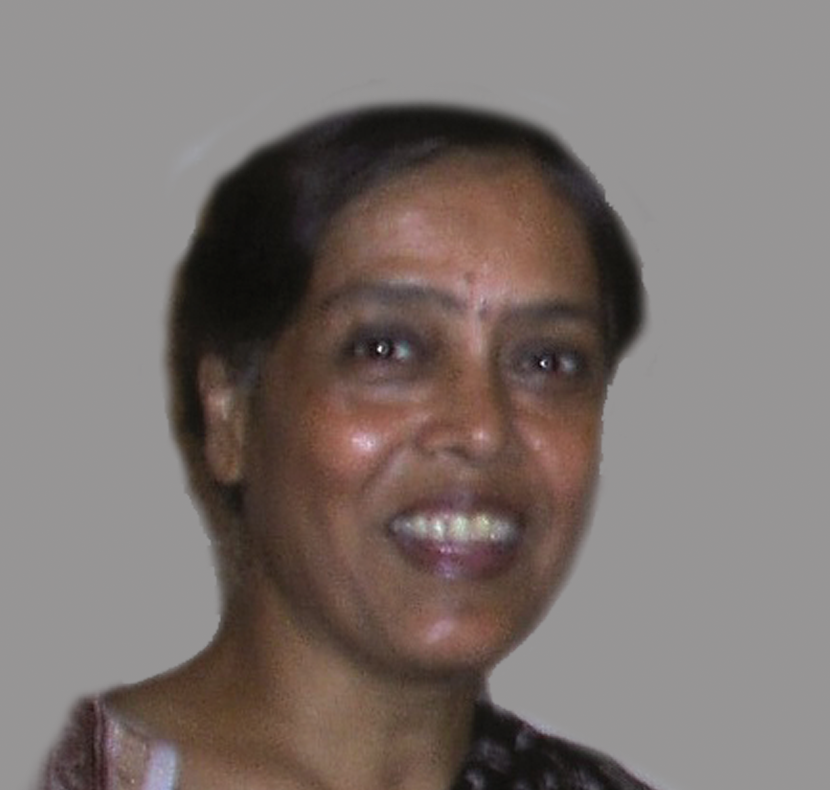
Professor, CSRD, Jawaharlal Nehru University, New Delhi
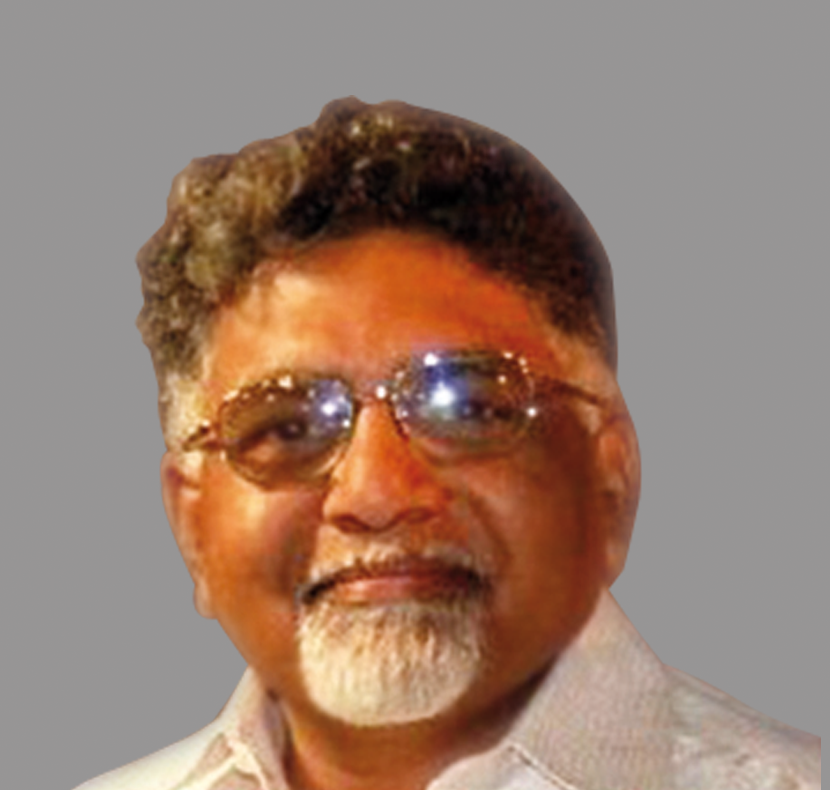
Professor, CSRD, Jawaharlal Nehru University, New Delhi

Director, Economic Research, Nielsen, New Delhi
Inside this issue
Agriculture - Crops
The neglect of pulses saw them being relegated to marginal lands during the Green Revolution, even as rice and wheat production grew manifold. As India grapples with a demand-supply gap it is time, through technological breakthroughs, right policies and incentives to farmers to bridge this gap.
Increased carbon dioxide concentration in the environment is currently a major problem. Since nature has significantly occluded carbon by burying it into the soil for millions of years in the form of fossil phytoliths, this can serve as a probable method of carbon bio-sequestration.
Economy - Development
Several expert committees have been constituted in the past for proposing a conceptual framework and empirical procedure for determining the poverty line. Yet, an acceptable methodology remains elusive for identifying the most vulnerable and deserving segments of population for effective policy intervention.
Economy - Industry
India has the onerous distinction of having the highest taxation and royalty rates for the mining sector. This mars the overall competitive edge of mining firms.
Xenophobia and hatred have been the prime drivers of Britain’s exit from the European Union (EU). But there are latent dimensions to the vote, which are as yet unassesed.
Economy - Renewable Energy
India figured among the top five nations, both in terms of investment and total capacity generation of renewables in 2015, as per the Renewables 2016 Global Status Report.
As India aims to become a global leader in rooftop solar power, a third party financing model could help unleash the industry’s significant potential—with the right policies and financial instruments.
Population - Urbanisation
The concept of a smart city has been formulated for optimum utilisation of resources, and particularly information and communication technologies (ICTs) for better safety and security. Such a city also ensures better spatial planning in an urban set-up.
Climate Change - Policy
CSR can be an effective tool for mitigating climate change. It is the duty of corporations to redress climate change through environment-friendly manufacturing techniques, adoption of a green, transparent policy and environmental disclosure.
Climate Change - Forest
Mangroves are critically important wetlands in view of the variety of ecosystem functions they perform. Yet, they are witnessing widespread destruction, much to the peril of coastal communities. A better understanding of their role is of utmost importance for designing future management strategies.
The idea is being mooted to save vast tracts of land from annual floods, besides diverting waters to parched regions. However, experts question the assumption of surplus water in any basin. Instead of grandiose schemes, simple methods to conserve every drop may help solve the problem.
Climate Change - Water
Pathogen and organic pollution due to the respective discharge of untreated wastewater and organic compounds are now a serious threat across rivers in Asia, Africa and Latin America, says UNEP.
In brief
While India’s energy requirements and consumption have risen considerably over the past decade, the share of fossil fuels in its energy basket has dropped. In its place, renewables like solar and wind are beginning to drive India’s growth. Currently, the nation figures among the top five in the
